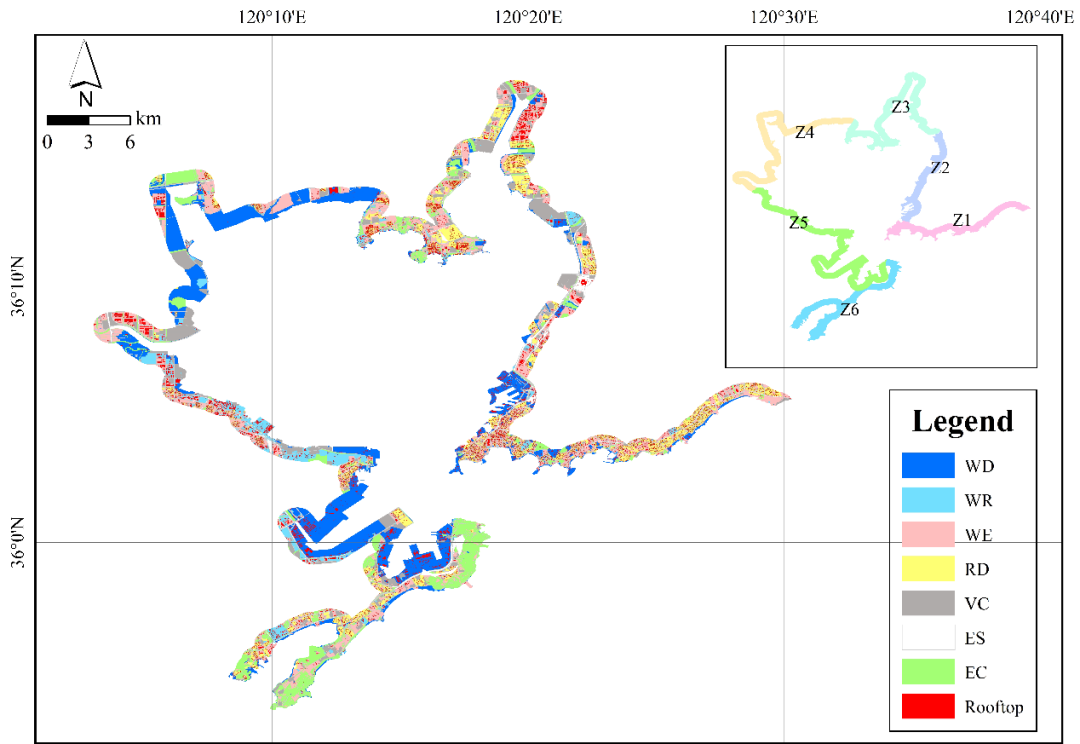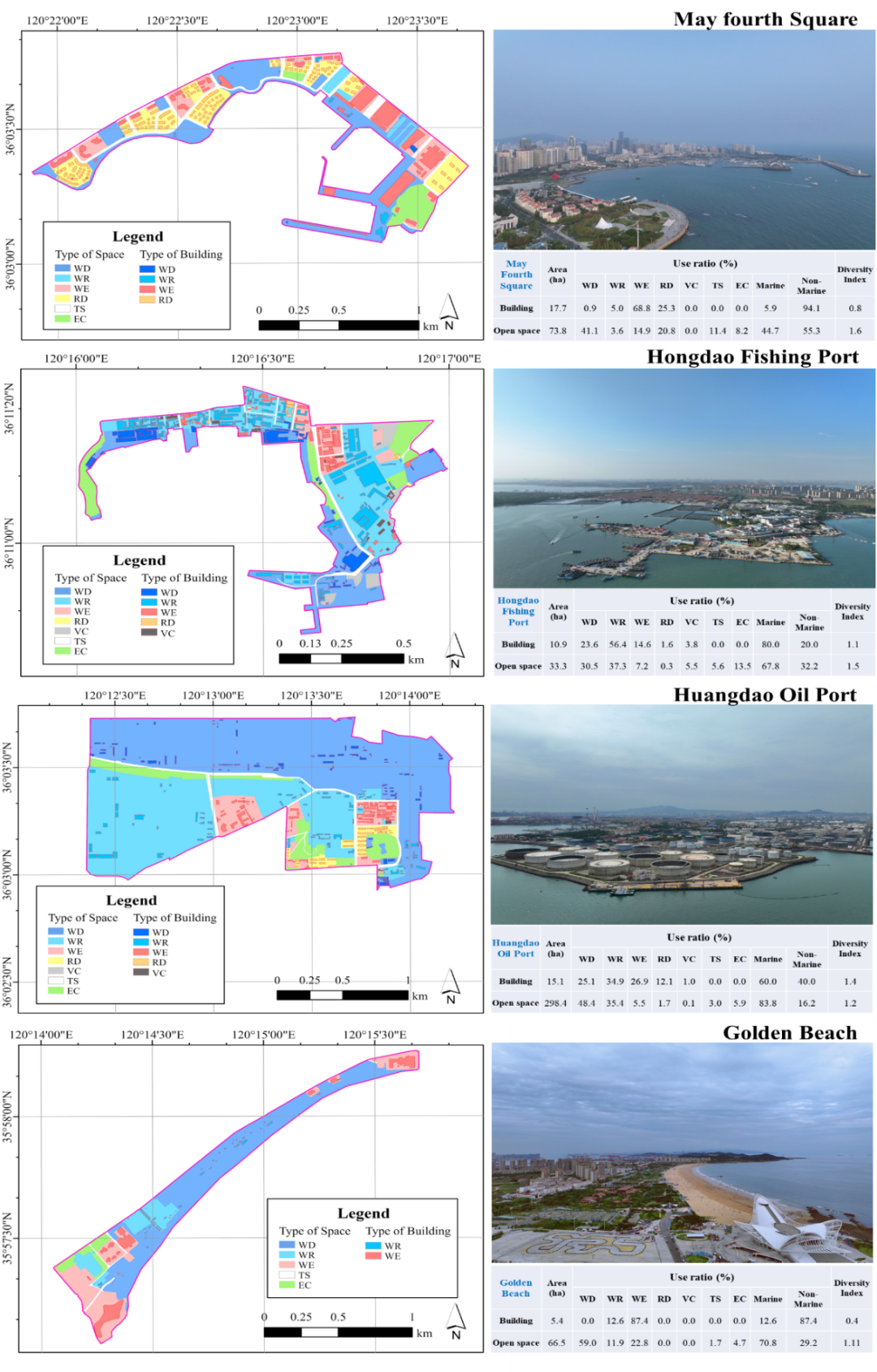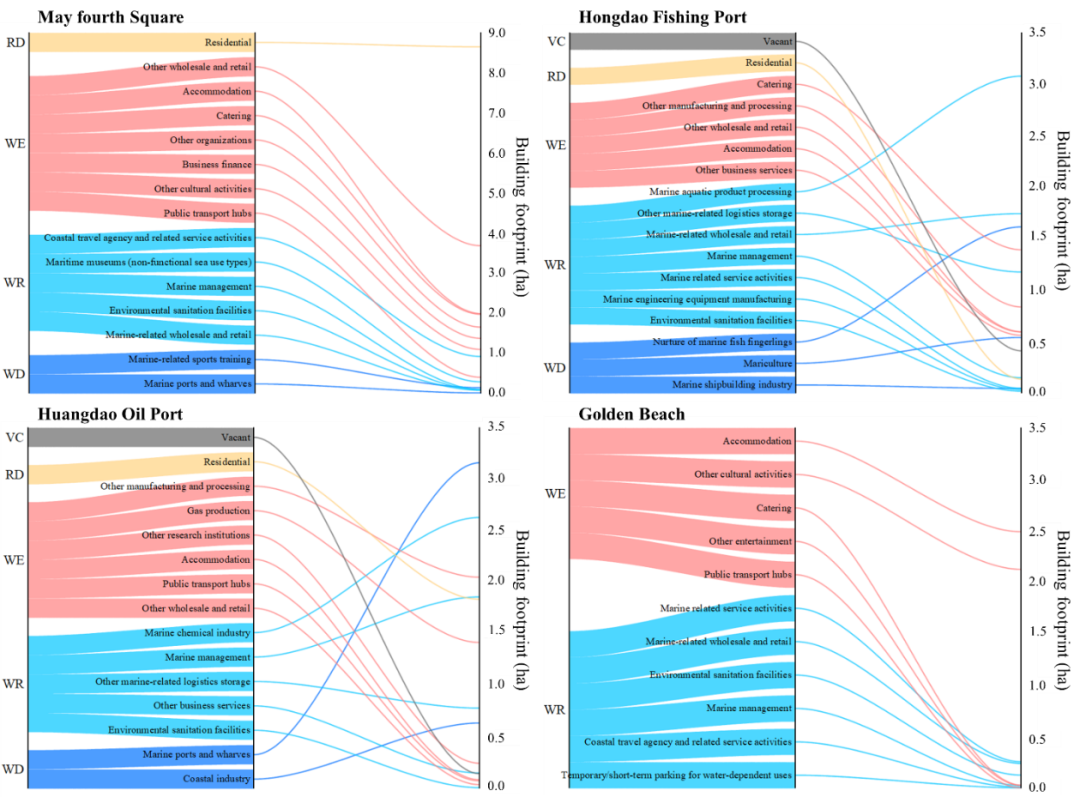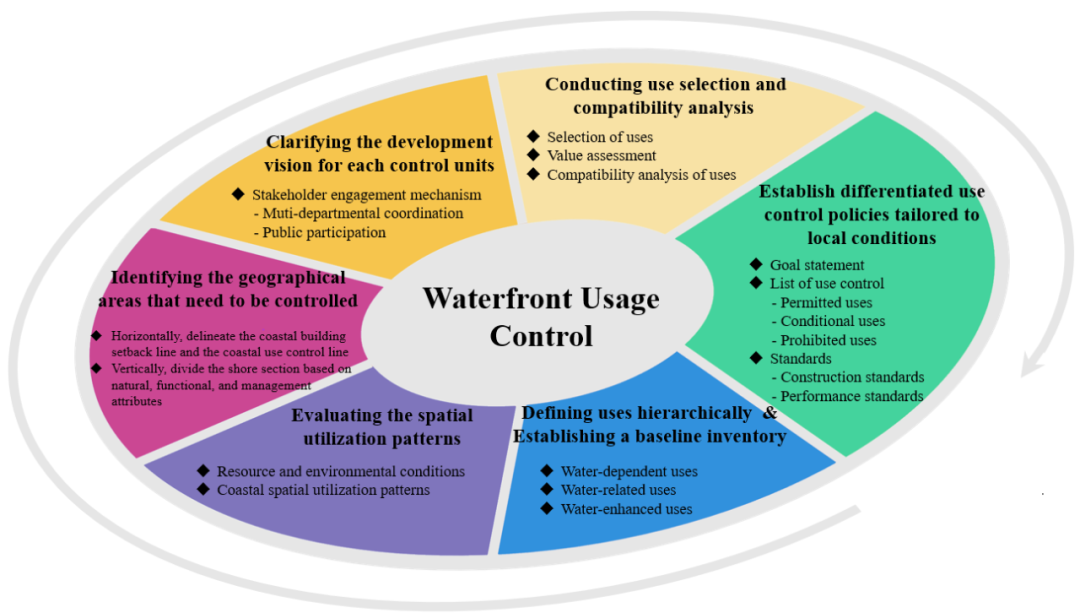In Cities Volume 161, Professor Liu Dahai, from the School of Public Administration and Policy at Renmin University of China, has published an article titled “Spatial utilization patterns of coastal uses based on waterfront dependence.”
Cities, formally known as Cities: The International Journal of Urban Policy and Planning, is an international interdisciplinary academic journal that focuses on urban studies. The journal is indexed in several authoritative international databases, including SCI, SSCI, and Scopus, and is ranked in the Q1 zone of the Journal Citation Reports (JCR).
Liu’s latest article introduces a land-use classification framework based on the concepts of water-dependent, water-related, and water-enhanced uses, systematically considering actual spatial usage factors and relevant classification standards. Through this framework, it develops an innovative typology for coastal development land uses, grounded in the degree of reliance on waterfront proximity. Employing an integrated methodological approach that combines geographic information systems (GIS), remote sensing, targeted field surveys, and multiple reference data sources, the study constructs a dual-scale quantitative analysis method for examining spatial utilization patterns. This framework is applied to both the metropolitan coastal zone and representative shoreline segments. Specifically, spatial patterns were assessed within a 1-kilometer terrestrial buffer zone surrounding a bay area, along with four typical coastal segments, offering a “dual-scale, multi-perspective” lens to dissect and interpret spatial utilization dynamics.

The empirical findings reveal that marine-oriented land uses——comprising water-dependent and water-related functions——occupy the highest proportion of land (54.3%) within 100 meters of the shoreline, with their share gradually decreasing as the distance from the shore increases. Both the size of land parcels and the diversity of land uses decline with decreasing distance from the coast. Among all use types, water-dependent uses exhibit the largest average parcel size (5.5 hectares) and significantly lower building density than residential, water-related, and water-enhanced uses, indicating that these functions often require larger plots and are not predominantly represented through dense built structures. Regional comparisons further reveal marked spatial heterogeneity in the utilization of waterfront space within the bay area. The four case study segments allow for more granular analysis from the dual perspectives of open space and built environments, with each shoreline area demonstrating unique configurations of mixed-use development tailored to its specific developmental trajectory.


Based on the results, the study explores the regional variability and functional integration of waterfront development. In response to China’s ongoing reforms in coastal zone planning and governance, the study proposes a systematic pathway for establishing spatial governance policies in waterfront areas: “land-use classification → spatial utilization pattern evaluation → delineation of control zones → collaborative vision development → compatibility analysis → differentiated policy implementation.” At present, China is advancing a comprehensive overhaul of its territorial spatial planning system. With stringent policies aimed at maintaining natural shoreline retention and a complete prohibition on new coastal reclamation, the scientific governance and sustainable utilization of shorelines and waterfront spaces are entering a pivotal period. This study not only offers innovative perspectives for refined spatial regulation in Chinese coastal cities but also provides valuable references for best practices in waterfront development and management globally. The research was jointly funded by the Natural Science Foundation of Shandong Province, the National Natural Science Foundation of China, and the Basic Scientific Research Fund for Central Public Welfare Research Institutes.

Original Article Link:https://doi.org/10.1016/j.cities.2025.105932



